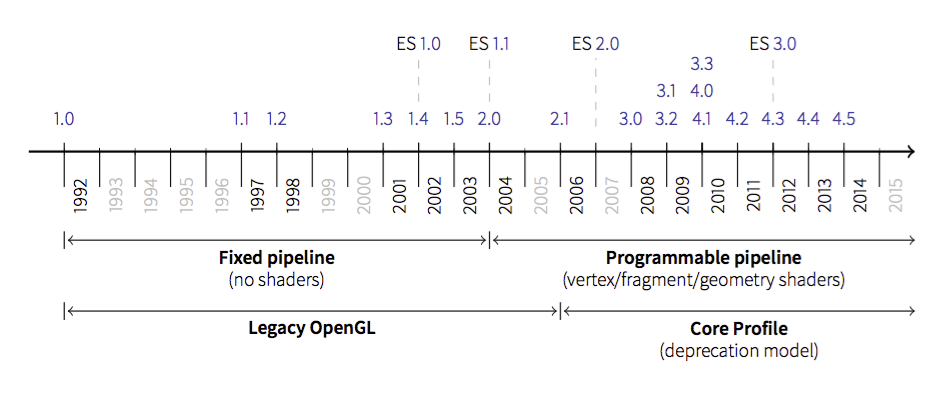Frequently Asked Questions¶
What is the relation between vispy and glumpy ?
Vispy has been created by Luke Campagnola (pyqtgraph) , Almar Klein (visvis), Cyrille Rossant (galry) and myself (Nicolas P. Rougier). During this development, I was still using glumpy to experiment some ideas in order to later port them into vispy. However, at some point, it was easier for me to concentrate only on glumpy and to backport some vispy ideas.
Glumpy is today more low-level than vispy. Vispy is for the general user while glumpy is for the hacker. You can think of glumpy/vispy pretty much the same as for numpy/scipy (but vispy does not depend on glumpy).
Should I use glumpy or vispy?
It depends. If you feel comfortable with OpenGL and shaders, you might probably benefit from glumpy architecture. However, if you’re a scientist only interested in having fast and scalable visualization, then you should aim at vispy.
Is glumpy compatible with the Jupyter notebook?
Not yet. There are still a number of problems to be solved before something happens in that direction.
Why don’t you use this or that feature of OpenGL x.y ?
Glumpy tries to stick to OpenGL ES 2.0 in order to maximize the number of compatible graphic cards. Some features of glumpy could be easily rewritten using latest OpenGL features but this would require extra-effort to write two versions of the same feature: one for old cards and one for new cards.

Furthermore, giving the slow latency in OpenGL releases, it’s hard to stay in touch with latest features.